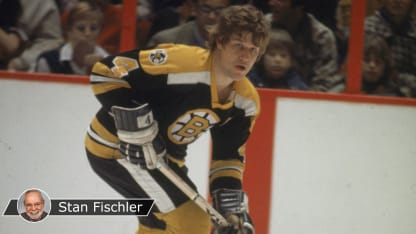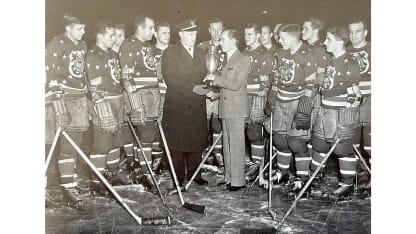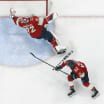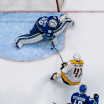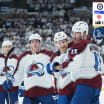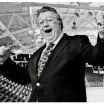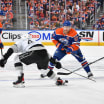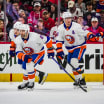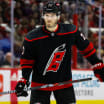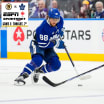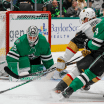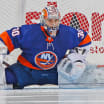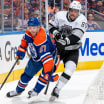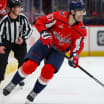"Believe it or not."
"Incredible but true."
Call them what you will but some events that have taken place in the hockey world -- off-ice as well as on -- have been unusual to say the least.
How about Hall of Fame hockey brothers Buck and Frank Boucher playing against Hall of Fame baseball players Babe Ruth and Lou Gehrig of the New York Yankees?
Their meeting on the baseball diamond took place in the fall of 1930 at a stadium in Hull, Quebec, across the river from Ottawa, Ontario, home of the Boucher family.
Ruth and Gehrig were on an offseason barnstorming tour while the Bouchers were working their farm prior to leaving for their respective NHL training camps, Frank with the New York Rangers and Buck, the Montreal Maroons.
"Buck and I were invited to play," Frank later revealed to me when he was general manager of the Rangers in 1954-55. "Naturally, we accepted because this was a big deal. The Hull ballpark overflowed for Babe and Lou.
"Even though we were baseball amateurs, there was a lot of tension surrounding the game. Naturally, the big attraction was Babe and the fans came to see him belt home runs."
As it happened Buck wound up in center field, a position he had never played before. He also was using one of Frank's gloves, which intensified Buck's challenge.
Curiously, the Hull pitcher had The Babe buffaloed on many deliveries and Ruth was getting miffed over his rare slump. Now it was the top of the ninth inning with The Sultan of Swat at bat for the last time.
The pitch was a juicy one that enticed Babe to swing. The crowd was transfixed as the horsehide sailed deep to right center with Buck in hot pursuit.
"Buck was playing way back in deepest center and toward right," Frank Boucher recalled. "As the ball started to come down it appeared that Buck might have a shot at it although we all knew he was no outfielder."
While the ball was descending, Buck misjudged it. He ran several loose little circles under it and, finally, in a last desperate moment, stabbed across his body, one-handing it in the webbing for the out.
"By then," Frank remembered, "Ruth was on his way to second. When he saw that the catch had been made, Babe was dumbfounded."
While the crowd went wild with joy, the Yankees icon was temporarily mystified.
"At that point," Frank concluded, "Babe just laughed and thumbed his nose at Buck. Meanwhile, my brother just stared at the ball in amazement!"
